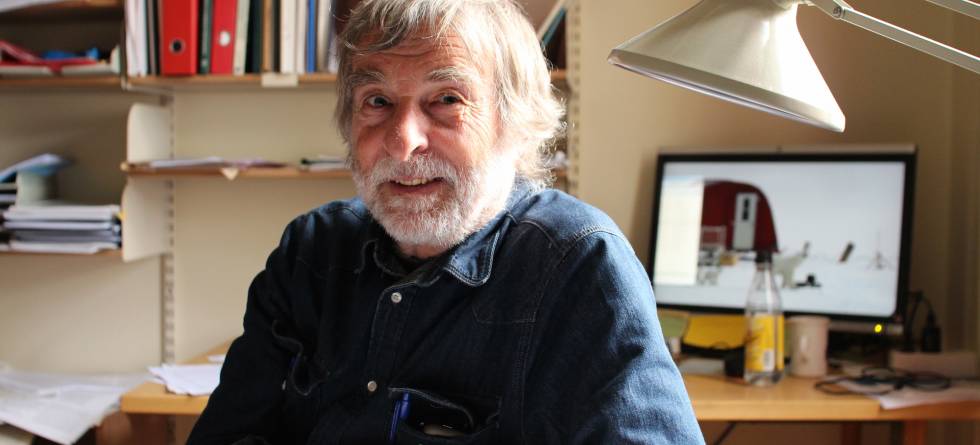When Tor Gammelsrød turned 70 last year, the anniversary seminar featured a surprise visit by an old colleague. Mubango Houguane had travelled all the way from Mozambique to talk about their projects there. In the coastal town of Quelimane, the tides are a source of food, energy and MSc degrees.
Together with Hoguane, Tor Gammelsrød has been central in developing the oceanography programme at the School of Coastal and Marine Sciences at the University Eduardo Mondlane. The school already offered a Bachelor degree, and with support from the Norwegian Agency for Development Cooperation (NORAD), they were able to add a Master degree programme in 2008.
“The teachers were the first to be offered to study for the degree”, Tor says – so they would be qualified to teach the students afterwards.
The tides reach tens of kilometres inland because of the flat, coastal landscape of Mozambique, and the difference between high and low tides is several metres. This represents energy that the students in Quelimane learn to exploit. The tides are a central part of their education, for both their intrinsic quality and as a driver of an active society.
Shrimp farming is an important business in the region, and the shrimp farms pump in water at high tide and release it when the water is at its lowest. This way, water is renewed twice a day. Another research area on tide differences is how to use the difference between high and low tides for energy production, and for desalination of brackish water.
Simple solutions and hands-on studies
“It’s possible to do things simply and inexpensively”, Tor says, and tells how cups were attached to bushes and trees, so that the students could measure how far and how high the tides go. At the same time, he explains, they have benefited greatly from the increasing number of electronic instruments in recent years.
He also emphasises the social conscience of the Quelimane students: they choose to work on relevant, practical problems, not just theory.
“It’s a question of food, and of producing things that can be sold”, he adds.
The same equations
In addition to visiting Mozambique several times, and undertaking projects in Namibia, Angola and South Africa, the polar regions have been Tor’s main research area. Last autumn, he had two field cruises in the waters around Svalbard. The large geographical span does not hinder physical coherence.
“The same equations apply, and the same theory and the same techniques for measuring things. I learned techniques in Antarctica that I could use in Mozambique, and techniques in Mozambique that may be used in the Arctic”, Tor says.

